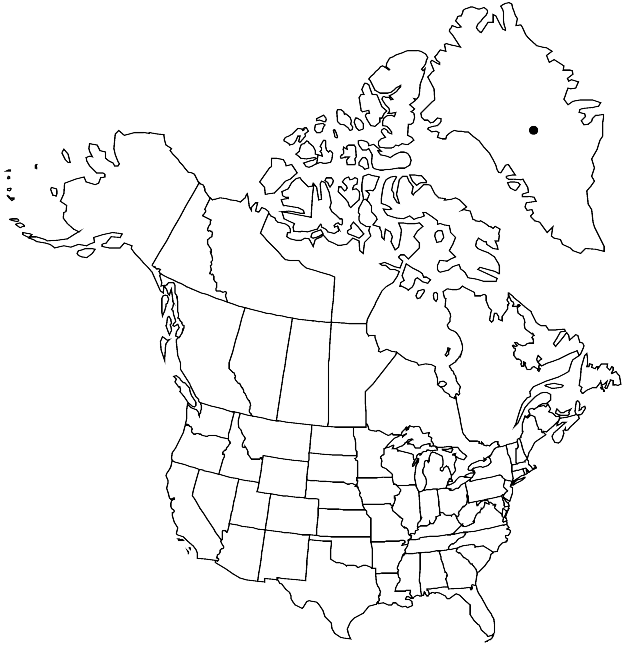Difference between revisions of "Philonotis seriata"
J. Proc. Linn. Soc., Bot., suppl. 1: 63. 1859.
FNA>Volume Importer |
FNA>Volume Importer |
(No difference)
| |
Revision as of 19:44, 24 September 2019
Plants large, in dense tufts, green to yellowish throughout. Stems 3–12 cm, erect, simple, tomentose proximally. Leaves seriate in 5 spiraled rows, erect to erect-spreading and imbricate when dry, erect-spreading when moist, ovate-lanceolate, 1.5–2 mm; margins plane or narrowly revolute, serrulate to denticulate nearly to base, teeth paired or single; apex evenly tapering; costa percurrent to excurrent, entire abaxial surface coarsely prorulose; laminal cells prorulose at proximal ends, usually on adaxial side; basal cells rectangular to elongate-hexagonal, 15–30 × 7–10 µm; distal cells narrowly oblong to linear, 25–45 × 4–6 µm. Specialized asexual reproduction absent. Sexual condition dioicous; perigonia discoid. Seta 3–5(–7) cm, straight. Capsule 2–3 mm. Spores subreniform, 20–22 µm.
Phenology: Capsules mature Jun–Sep.
Habitat: Acid seeps and springs, high mountains
Elevation: low to high elevations (10-3000 m)
Distribution

Greenland, Europe, Asia (India, Iran, e, n, w Russia), n Africa.
Discussion
Philonotis seriata is mostly an Old World species that enters the flora area only in southern Greenland. The species is allied with P. fontana, including having obtuse inner perigonial leaves, but differs in the seriate stem leaves and the costa that is scabrous abaxially throughout. According to S. Flowers (1935), P. seriata does not occur on the North American continent.
Selected References
None.